Description
Genus: Leccinum
Species: snellii
Common Name: “Snell’s Bolete”
Tells: Dark brown-black, often mottled cap. White stem flesh stains pink high and blue-green low, often slowly, then slooowly darkens toward purple-gray or black.
Other Information: White pores age to grayish-brown & may stain yellow-brown. Dark brown cap, often w/creamy spots, may fade w/age. Salt & pepper stem, often w/white band on top & greenish stains low. Often appears in early Spring. Likes wet, loamy, alkaline soil, particularly with yellow birch in the area.
Science Notes: As discussed in Den Bakker & Noordeloos: A revision of European species of Leccinum, PERSOONIA – Vol. 18, Part 4, 2005, pgs. 568-560, it requires microscopic examination of the cap skin (pileipellis) to make a definitive ID between L. snellii and the all but identical L. variicolor. They are equally good edibles so in some sense it is an academic distinction, but if you care about such things it seems to be fair to bet on the environment. L. variicolor seems to prefer wet, acidic environments while L. snellii favors loamy, alkaline forest. There is crossover, however, so that is not a foolproof tool. It requires microscopic examination of the cap skin (pileipellis) to make a definitive ID between the two. For more information see this Mushroom Observer discussion of the L. variicolor DNA resuts. NOTE: The reported chemical test results also differ, but authorities have questioned whether the tests are unreliable for both species.
Edibility: Good, but often a bit soft & mediocre.
CHEMICAL TESTS:
- NH4OH (Ammonia): No data.
- KOH: Cap skin turns yellow.
- FeSO4 (Iron Salts): Cap flesh turns blue.
Links:
 |
0 |  |
334 |  |
215 |  |
267 |

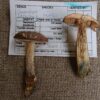
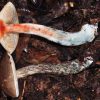
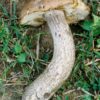
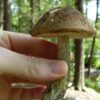
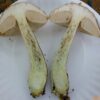
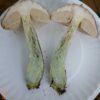
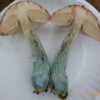
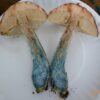
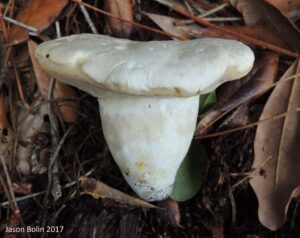
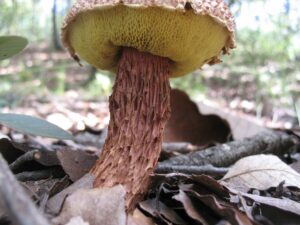
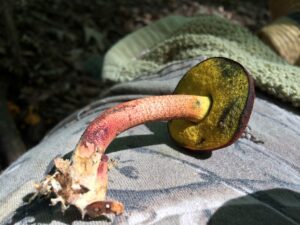
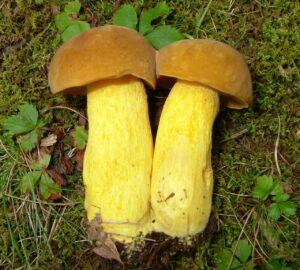
Got something to discuss?